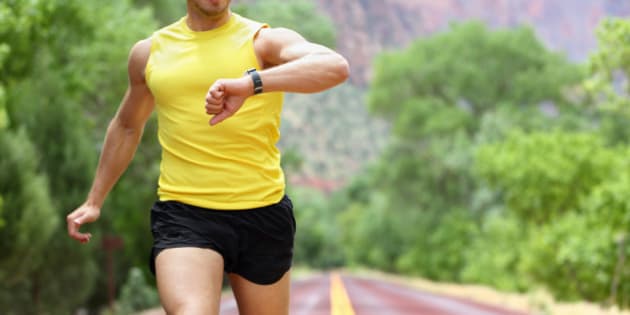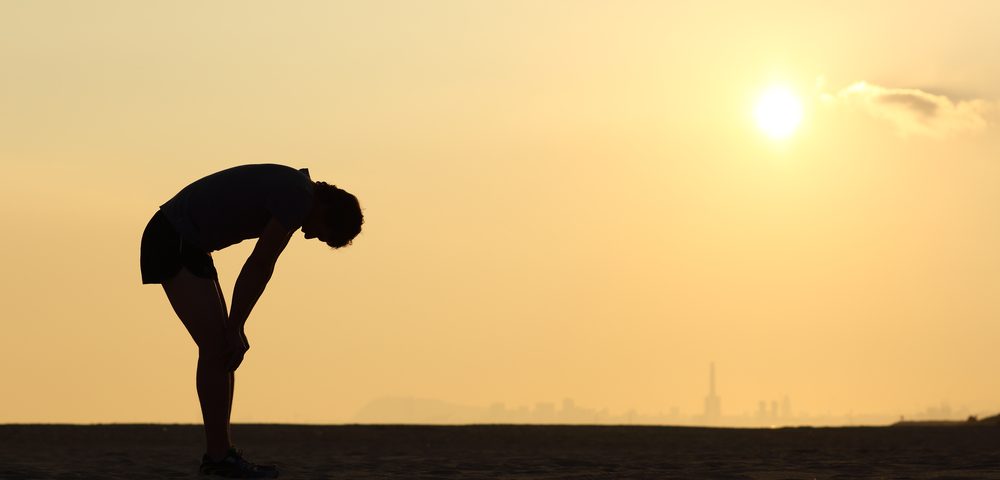There are 2 things that, personally, I find imperative to “success” in the physical counter-violence side of things. Mentality, how your mental resolve is to conquer violence, and physical conditioning. You can make up for a lot of absent technique, systemic training, and martial prowess with these 2. A lot.
MENTALITY.
I break down mentality into 2 usual areas, states and mindset. States are the daily fluctuations in current mood. Anger. Sadness. Tiredness. Frustration. Distraction. Generally how your mind-talk is affecting your current state. They’re constantly in a state-of-flux throughout the day due to the rapidly-changing incoming stimuli that we all have coming in. Different points of the day draw different states due to a ton of variables: fight with the wife, long day at the office, sitting in rush hour traffic, a million things to get done, death in the family, school calling for child misbehavior, poor night’s sleep, etc. etc. etc.
Note that these fluctuating states also affect the physiology of your body as well. Oftentimes drastically. Tension in the shoulders, deterioration in peripheral vision/head stops moving side-to-side, rapid and often negative thought processes, feet stop moving, posture-changes, altered breathing, quick knee-jerk reactions.
The second is mindset, your overall view of utilizing violence. The when, where, why, how, who, and for what. The more clear, detailed, and precise the picture, the less indecisiveness and hesitation present.
-When would it be required? Under what circumstances? Does time-of-day matter? Do witnesses or potential witnesses make a difference? Is location a factor? The presence of potential 3rd-party aggressors? Mis-reading the situation and the dynamics of the people involved?
-Who would you defend or protect? Family? Random strangers in a good Samaritan position? A woman in an escalating conflict with her significant other? A robbery victim? A friend who’s instigating with his mouth at the bar? A dog, child, or senior?
-Why would it be required..or not? Under what circumstances? Potentially-lethal outcome? Much weaker party on the receiving end? Your moral perception of who’s wrong and who’s right/moral high-ground? Is it your business to intervene? What are the consequences of involvement? Is your family with you and would you participate if it meant their involved-risk or endangerment as collateral damage or a byproduct?
-How is it best implemented, if you decide to involve yourself? Direct physical confrontation? Video? Taking down notes or noting information so as to be the best possible witness? Calling law-enforcement? Trying to gain/rally crowd support for group assistance?
As you can see, there are a lot of complex questions involvement brings up, ones that we can ask ourselves prior for clarity of mind. With new scientific study, personal-involvement or good-samaritanism are often foregone conclusions in that they’re done reflexively or instinctively, not consciously. However, by giving yourself some concrete direction, that instinct or reflex may be given pre-event intel with which to gauge situations in the seconds leading up or making that instinctive choice more unconsciously informed.
PHYSICAL CONDITIONING.

As a lot of street violence is of the ambush variety, meaning unplanned and not agreed-to, we’re not referring to dueling. Acknowledging that, a strong counter-ambush has a much better chance at succeeding with a tank full of gas, and the confidence that you know it’s full, to lean back on. Though it was dueling, I used to focus heavily on my stamina. Sometimes “physicality” can be the equal of physical conditioning/stamina/endurance – the will to be physical.
Remember the old saying, “fatigue makes cowards of us all.” Now, I don’t believe that “coward” is a fair coining, but unlike what so many martial arts instructors will tell you, it’s not a tool that super-charges martial technique. It’s a tool that allows mindset, physicality, aggression, audacity to accelerate and build. That full tank of gas gives confidence and security that the counter-ambush can be boosted, continued…and escalated….until the job is done. We used to call it “levels-of-aggression.” Sparring or fight-training could be as tame or aggressive as was agreed-upon. If it elevated (through intensity, friendly competition, or sometimes even through offense, anger, or frustraton), could you match the intensity and pace of your opponent? At what point was enough? Too much? What pacing and “aggression-distribution” and momentary-acceleration spotting weakness/vulnerability do you need when it’s you playing with more than one person? Regardless of how intense you train, real-violence is a higher-level yet.

I’ve found that the best, most difficult people I played with had a blending or melding of both in equal parts – intensity of aggression and the pace to see it through. If you can put someone on the defensive with high-pressure and do so indefinitely….you’re most often just fine, training or not…and we see this play out in many case studies and real-life violence videos. The training and conditioning that I’ve experienced, for me, very much holds true to that axiom as well.
